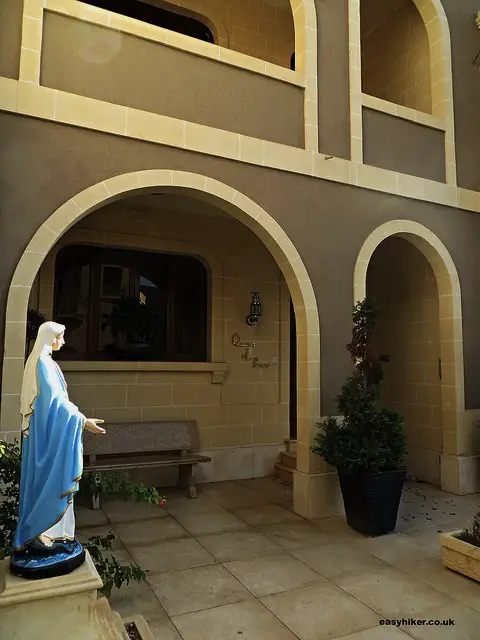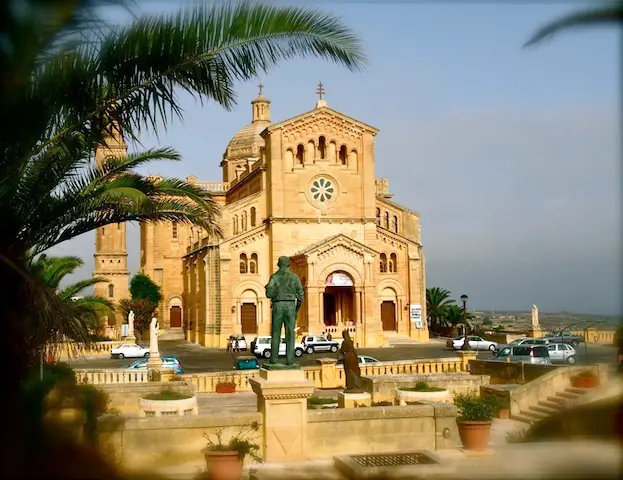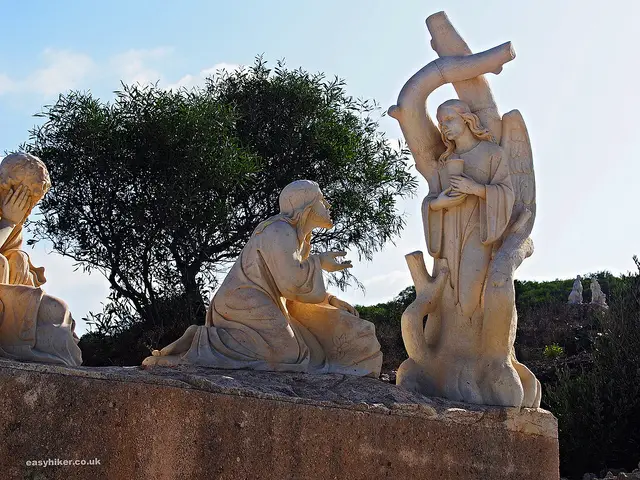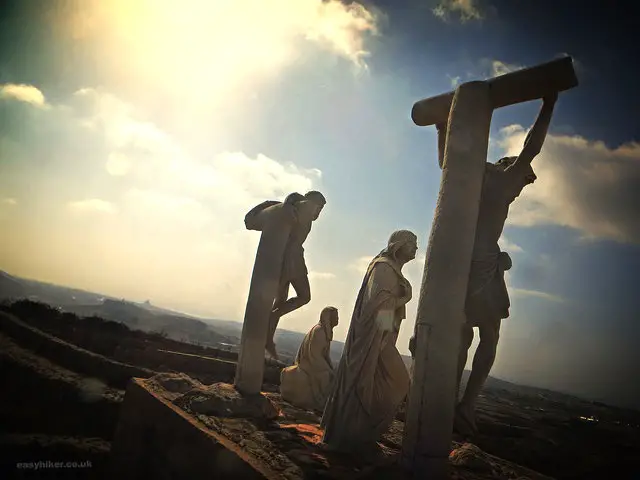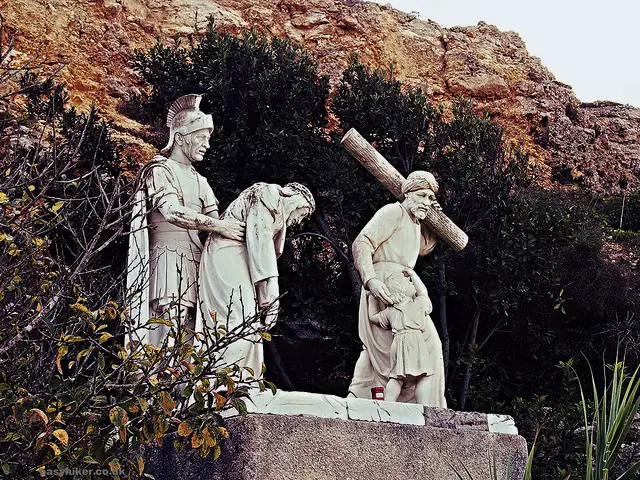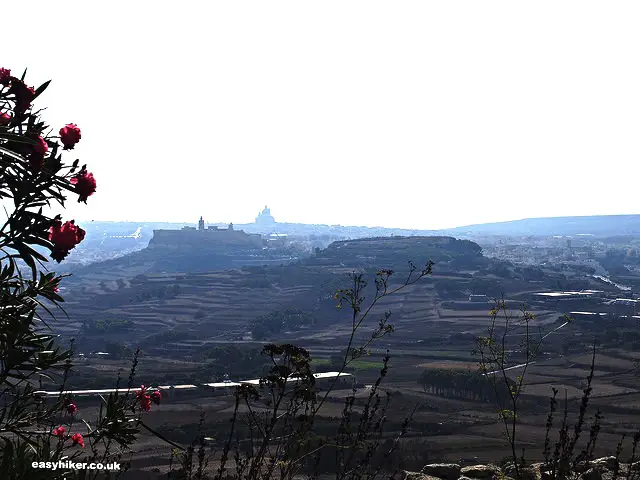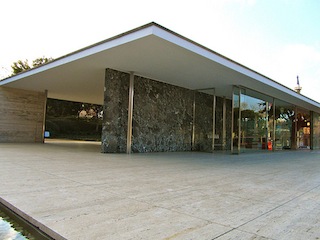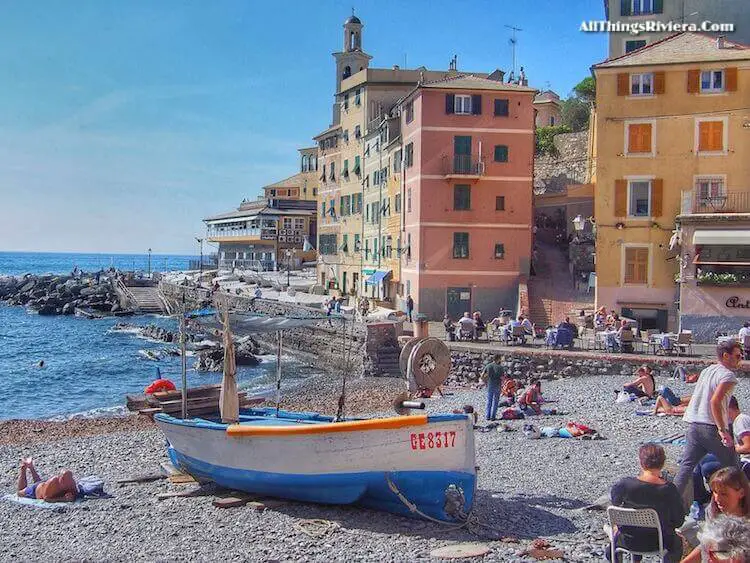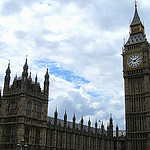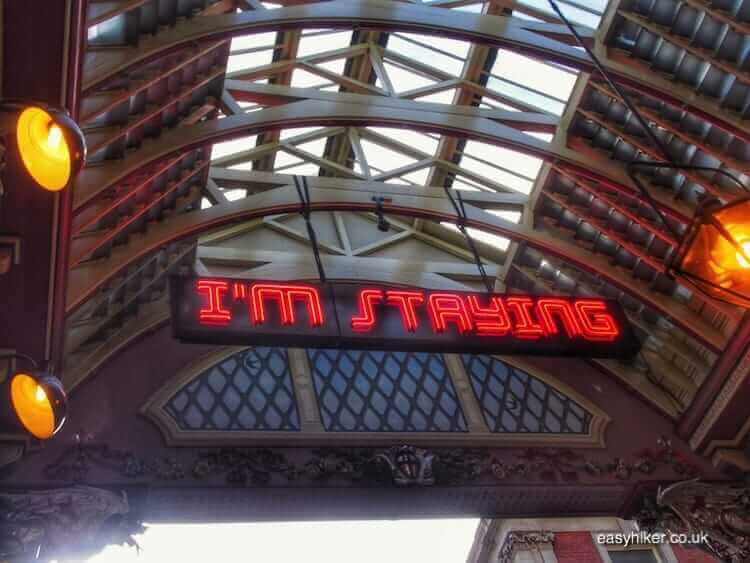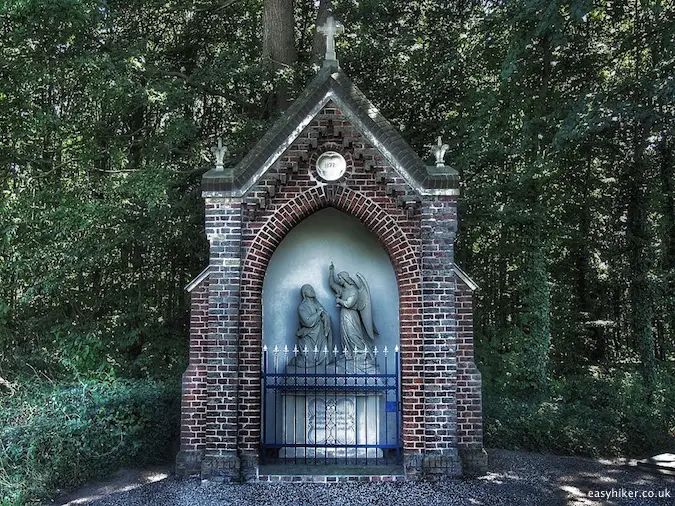A pilgrimage to the Ta’ Pinu Church and the Way of the Cross may help you acquire a deeper understanding of Gozo’s profound religiosity.
One thing that no visitor of Gozo can fail to notice is the native Gozitans’ love for sculpture – and their refreshing lack of respect for (or even fear of) the Taste Police. The front door of nearly every Gozitan home is decorated by one or several small statues that range from the plain silly …
… to the classical-mythical-hallucinatory …
… and beyond.
(Please note that the cherub on the right still has a songbird on his hand, while the one on the left appears to have eaten his already).
By far the majority of statues in front of Gozitan houses, however, are religious.
Even newly built homes are delivered with a stone niche for the house saint, apparently as important an architectural feature as a window or a door.
Clearly, if an Englishman’s home is his castle, a Gozitan’s is his church.
No report from Gozo and its bigger sister island of Malta would therefore be complete without an account of the big role that religion plays in the natives’ lives.
Maybe it is the close proximity to the Arab world, the centuries-old fear of Muslim invaders (often justified by historical events) and the sense of being Christianity’s lonely battleship in hostile waters: at any rate, a rigorous Catholicism is at the very heart of Maltese identity.
With today’s walk, we shall be paying tribute to the islands’ deep religiosity in our own, Easy Hiker sort of way – by going out on a pilgrimage. And we are going to do this properly, which means: by undertaking our journey on foot, from the first to the last step.
No shortcuts, after all, are possible on the way to the purification of our souls, which is the ultimate destination of any pilgrimage. Neither shall we forget that the arrival at the holy site – an earthly version of the Heavenly Jerusalem – must be paid for in blood (or at least sore feet), sweat and sunburn.
In recognition of this, medieval pilgrims subjected themselves to weeks and months of pain and exhaustion, and it was only in the 19th century when most pilgrimages were boiled down to the modern standard of a (largely symbolic) single day.
Nowadays, however, many people take their vehicle to the nearest car park, walk to the pilgrimage church and are disappointed if they do not receive any spiritual uplift from this.
And since we do not want to miss the point in a similar way, we shall proceed on foot to the Basilica of the Blessed Virgin of Ta’ Pinu near Gharb. (You should make it a point, if you come from one of the outlying resorts in the northeast or the southeast of the island, to walk at least the last part of the journey from Victoria onwards, a distance of roughly 3 km.)
The church, visited by Pope John Paul II in 1990, was built in its current form in the 1920s. Several miracles had occurred after a local woman called Karmni Grima had found herself instructed to pray by “heavenly voices”.
The site of the church, however, had long before been rumoured to be imbued with a “special force”: the dilapidated chapel that had originally been standing in the Basilica’s place was about to be demolished back in the 16th century already when the workman who was wielding the wrecking hammer broke his arm while delivering the first blow. (No second blow was attempted after this, and it was decided to let the chapel survive, eventually for another 400 years, dilapidated or not.)
Blood, Sweat and Sunburn on the Way of the Cross in Gozo
After visiting the church, cross over to the other side of the road – near the bus stop and the public toilets – where a Way of the Cross leads up Ta’ Ghammar Hill.
Fourteen marble statues mark the way …
… to the Crucifixion on top of the ridge …
… next to a small amphitheatre where the Gozitans celebrate masses during Holy Week.
You will be surprised what a powerful and moving experience it is to walk up this dusty lane in the burning heat of the Maltese mid-day sun. The parched grass and wild olive trees lend an uncanny authenticity to the scenery – Malta, after all, is as close as you can get in Europe to a Holy Land latitude, and you will find yourself reminded of this all the way.
The views you get from the hill are great, too …
… making sure that there is plenty for you to enjoy on your way down as well.
In our next post: How a village of 3,000 souls came to acquire a domed church that is only marginally smaller than St Peter’s in Rome and St Paul’s in London – and some other amazing facts about the Rotunda Church of Xewkija.
Are you ready to shed and suffer blood, sweat and sunburn in Gozo?
(Have you already read our previous post about how you can have an active holiday in Gozo?)






